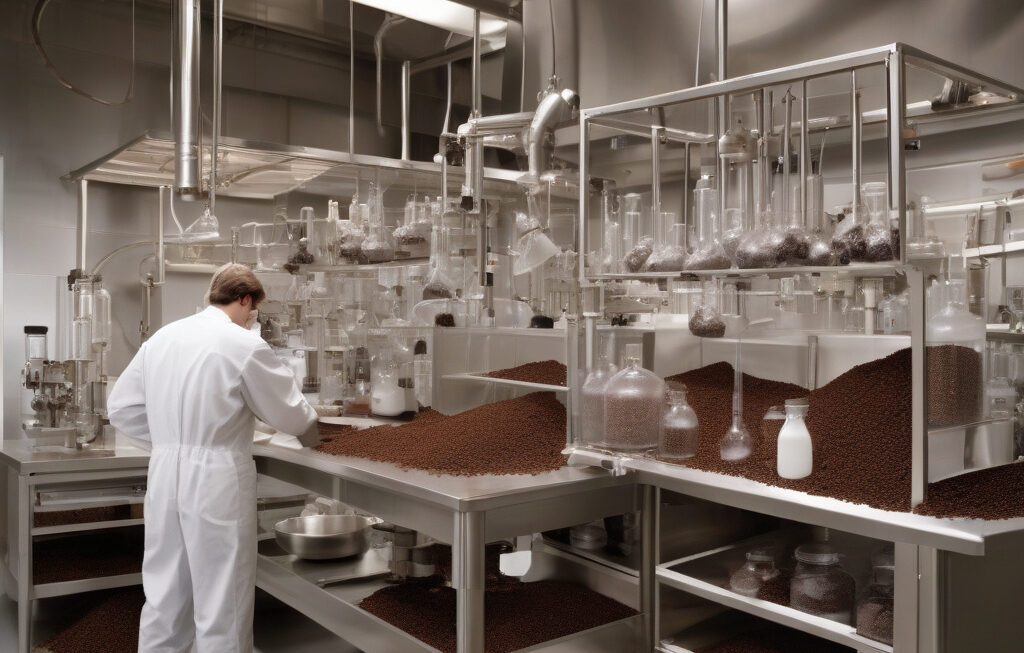Climate change is taking a visible and increasingly toxic toll on the air Americans breathe. According to a recent report, nearly half of Americans are exposed to unhealthy air, with cities in California being the worst hit. This alarming revelation sheds light on the urgent need for environmental reforms and heightened awareness of the impact of climate change on public health.
The report, which analyzed data from the American Lung Association, highlighted the pervasive issue of air pollution across the United States. Findings revealed that 44% of Americans, approximately 150 million people, are living in areas with unhealthy levels of air pollution. This widespread problem is attributed to various factors, including vehicle emissions, industrial activities, and wildfires exacerbated by climate change.
Among the most severely affected regions are cities in California, known for their picturesque landscapes but grappling with the harsh reality of poor air quality. The state’s major metropolitan areas, such as Los Angeles, Bakersfield, and Fresno, ranked high for air pollution levels, posing significant risks to the health of residents. The prevalence of smog, particulate matter, and ozone in these areas not only contributes to respiratory issues but also increases the likelihood of cardiovascular problems and other serious health conditions.
The consequences of breathing unhealthy air are far-reaching and can impact individuals of all ages, particularly children, the elderly, and those with preexisting health conditions. Prolonged exposure to air pollution has been linked to asthma, lung cancer, heart disease, and even premature death. The detrimental effects extend beyond physical health, as poor air quality can also affect cognitive function and overall quality of life.
Addressing the challenges posed by air pollution requires a multi-faceted approach that involves government intervention, community participation, and technological innovations. Policy measures aimed at reducing emissions from vehicles and industrial sources, promoting renewable energy sources, and implementing stricter environmental standards are crucial steps in mitigating air pollution levels. Additionally, raising public awareness about the impact of air quality on health and supporting initiatives that prioritize clean air are essential for fostering a healthier environment.
In the face of escalating climate change and its detrimental effects on air quality, individuals and organizations must prioritize sustainable practices and advocate for policies that protect the planet and its inhabitants. By collectively working towards cleaner air and a healthier future, we can mitigate the impact of air pollution and create a more sustainable environment for generations to come.
In conclusion, the report’s findings serve as a sobering reminder of the pressing need to address air pollution and its detrimental effects on public health. With a focus on environmental stewardship, policy reform, and community engagement, we can strive towards cleaner air and a safer world for all.
clean air, public health, climate change, pollution, environmental sustainability












